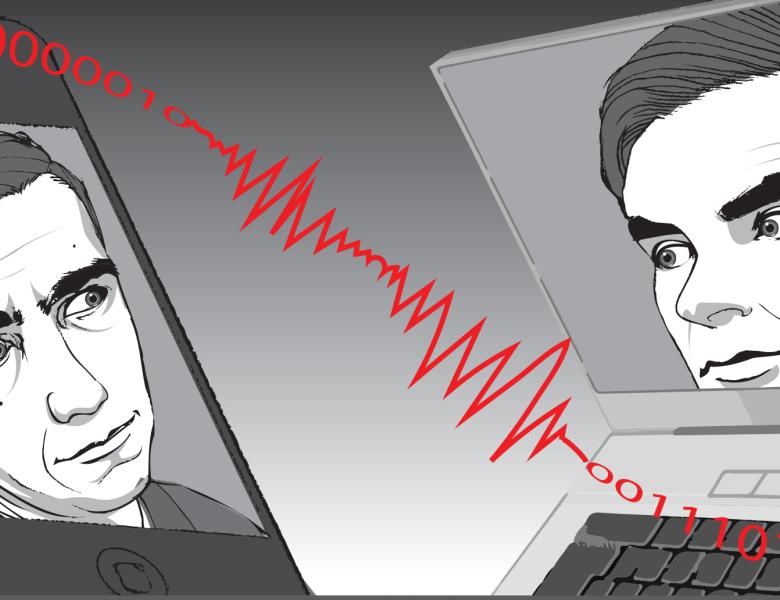
Abstract
For estimating a source's distribution histogram, Orlitsky and co-workers have proposed the pattern maximum likelihood (PML) estimate, which says that one should choose the distribution histogram that has the largest likelihood of producing the pattern of the observed symbol sequence. It can be shown that finding the PML estimate is equivalent to finding the distribution histogram that maximizes the permanent of a certain non-negative matrix.
However, in general this optimization problem appears to be intractable and so one has to compute suitable approximations of the PML estimate. In this talk, we discuss various efficient PML estimate approximation algorithms, along with their connections to the Valiant-Valiant estimate of the distribution histogram. These connections are established by associating an approximately doubly stochastic matrix with the Valiant-Valiant estimate and comparing this approximately doubly stochastic matrix with the doubly stochastic matrices that appear in the free energy descriptions of the PML estimate and its approximations.


